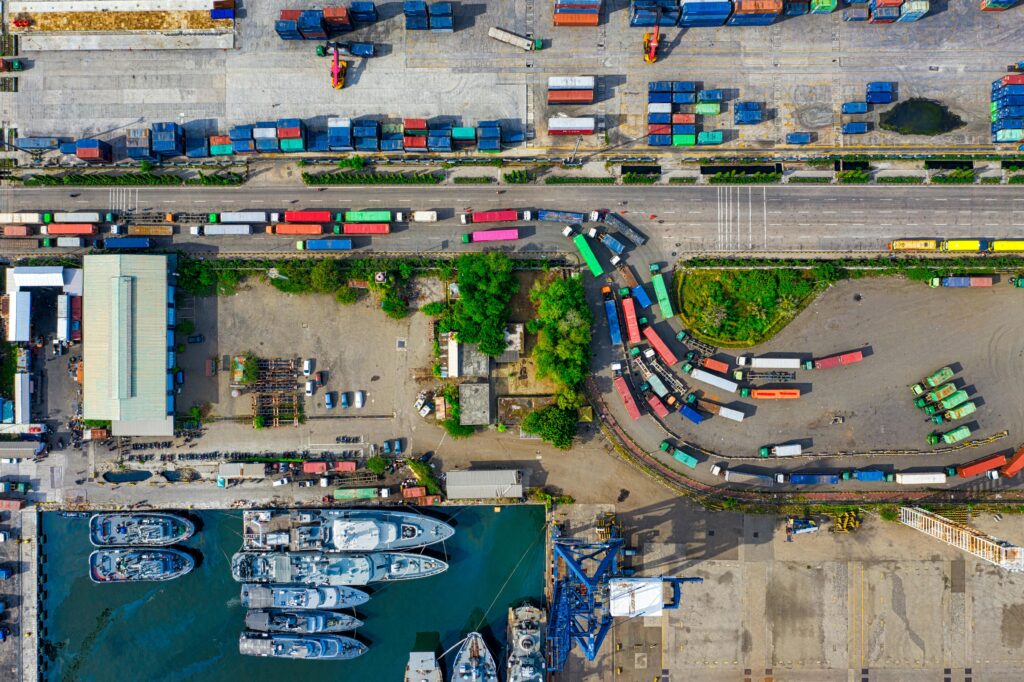Perhaps you, like many in the eCommerce and Retail worlds, recently heard about the $80,000 of baby supplies and toys that were seized by U.S. Customs and Border Protection (CBP) in Los Angeles. It’s a great example of how customs issues can impact almost any shipment if you’re not careful.
For us, hearing about large seizures of cargo, especially for items as benign as baby toys, is always disheartening. While we don’t have the specifics of this case, we know that implementing proactive measures and adhering to the correct protocols can help prevent such unfortunate outcomes.
Even if you do find yourself with a customs violation, all is not lost. There are several options that may resolve the situation without it coming down to cargo being seized and a significant financial loss.
When facing potential violations, having robust strategies in place to effectively manage interactions with CBP is crucial. Here are our top strategies for resolving customs violations:
Respond Quickly and Cooperatively:
- Immediate Engagement: Time is of the essence when it comes to customs queries or violations. A prompt response can help prevent further complications.
- Cooperation is Key: Demonstrating a willingness to cooperate with customs officials can lead to better outcomes. It’s not uncommon for CBP to grant a one-time courtesy pass for minor infractions, particularly for issues like missing tracking labels on children’s products.
- Build Relationships: Establishing a good working relationship with customs officials can facilitate smoother transactions in the future and may lead to faster resolutions of minor oversights.
Propose a Practical Solution for the Violation:
- Corrective Actions in the U.S.: If a violation is identified, suggest a remedy that can be implemented on the ground in the United States. This could involve removing harmful substances, adding compliant labeling, or adding necessary safety mechanisms.
- Documentation and Proof: Provide CBP with clear documentation of the changes made to the product, which can expedite release of the goods.
Consider Re-exporting the Cargo:
- Last Resort: If a violation cannot be rectified locally, proposing to re-export the goods might be the best course of action. This prevents the total loss of the shipment and associated costs.
- Supervised Exportation: Arrange for the goods to be returned under CBP supervision, which demonstrates compliance and willingness to adhere to U.S. laws.
- Minimize Losses: While re-exporting goods comes with additional costs, it is often less expensive than having the cargo destroyed or facing hefty fines.
At Simple Forwarding, we focus on both preventing customs issues before they arise and proactively addressing any violations that may occur. By taking prompt action to resolve the situation, we minimize the risk of your shipments being detained or seized. Our thorough approach involves meticulous management of all necessary paperwork and compliance measures, ensuring your cargo is protected throughout its journey. Additionally, should any issues occur, we act swiftly to rectify them, ensuring minimal disruption to your supply chain and maintaining the integrity of your shipments from start to finish.



